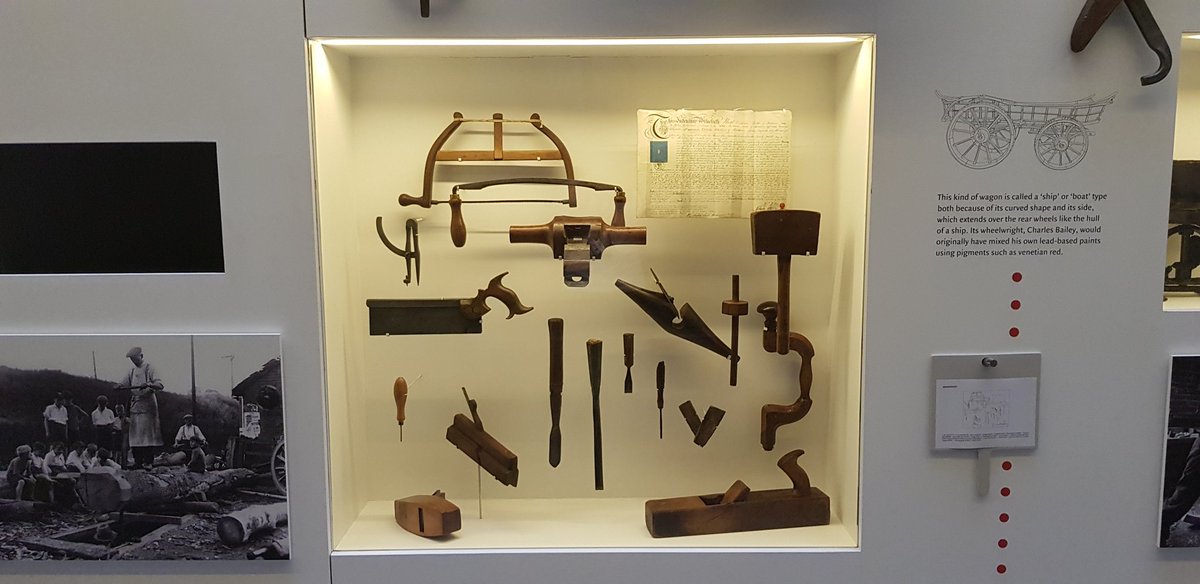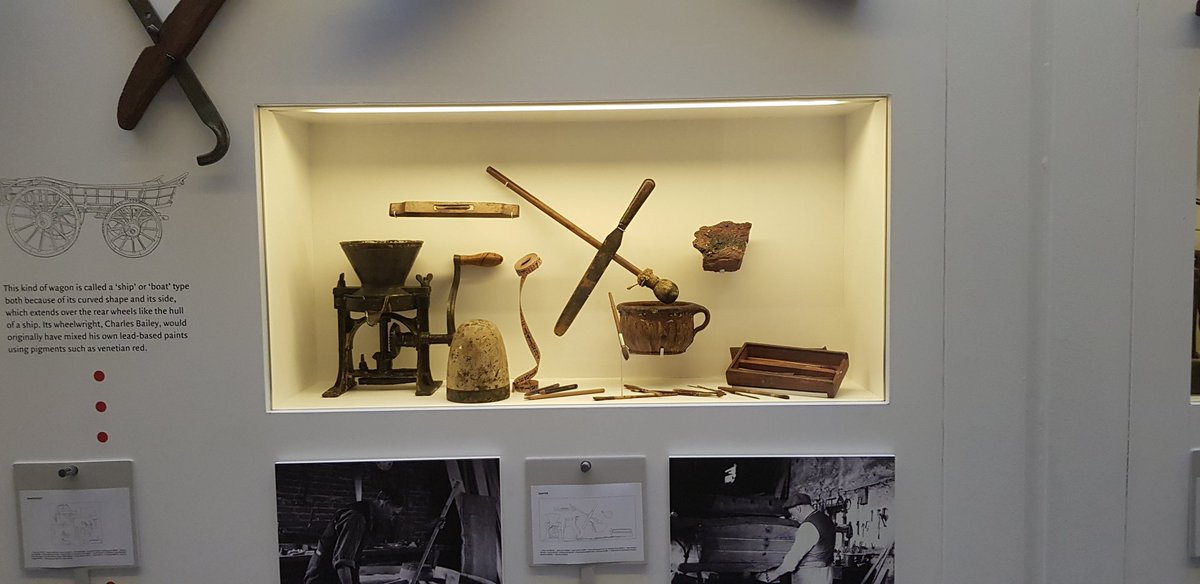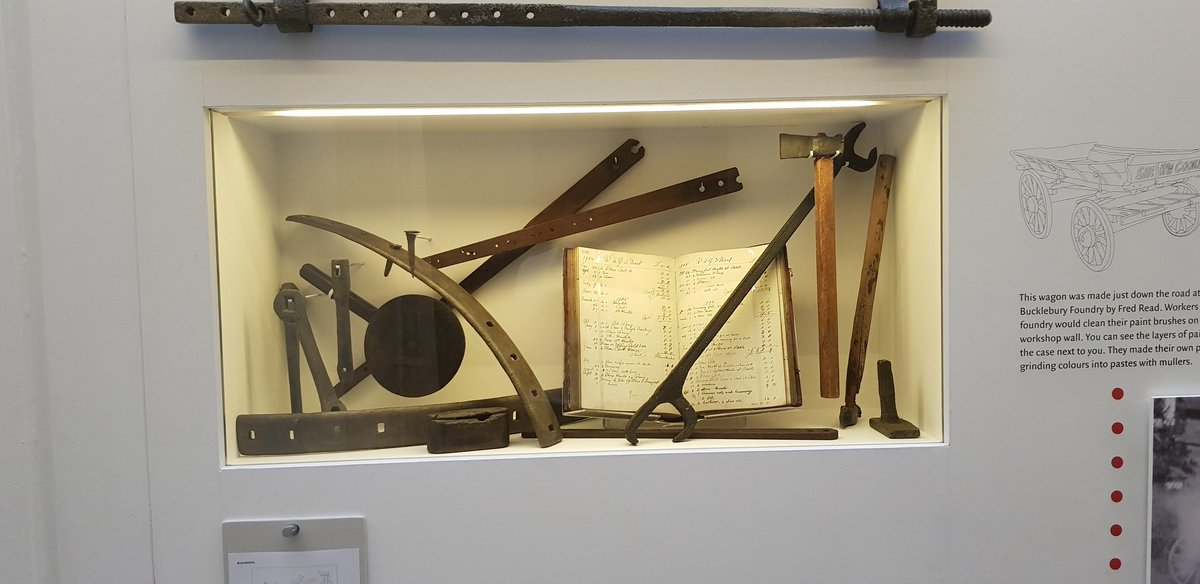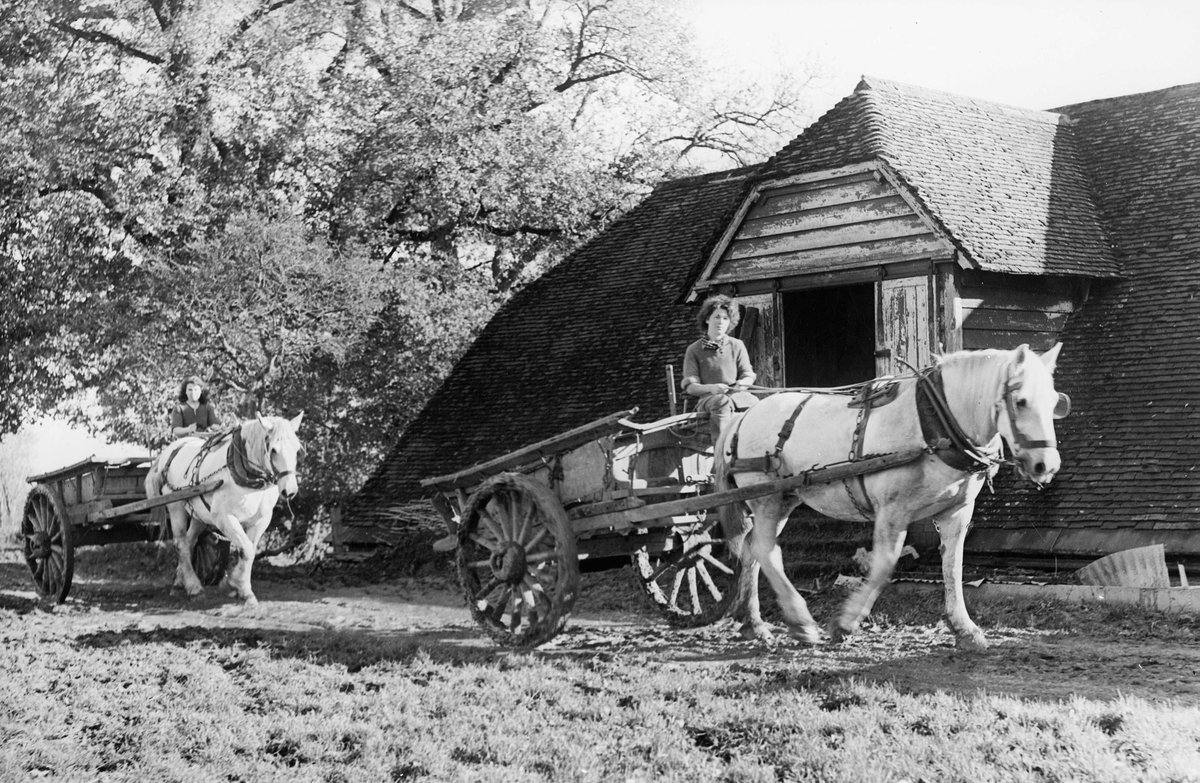Imagine looking at some wood and metal, just sitting there on the ground all formless, and thinking: I can make a thing of both utility and beauty out of this.
Here’s a thread about how they do that. #MusTools
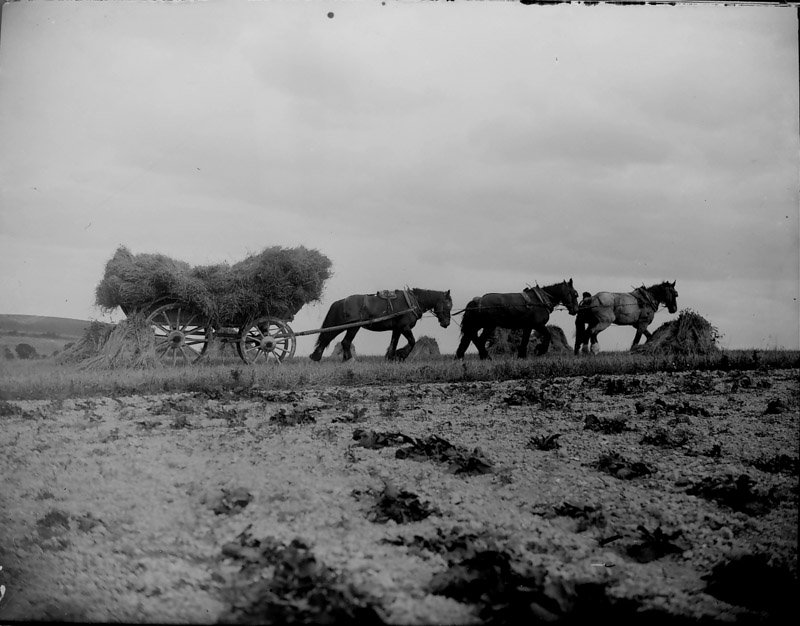
Before the combustion engine and pneumatic tyres, vehicles relied on their construction and draught animals to be able to get around.
Each wagon is a distillation of its region’s geography. Each is uniquely suited to its environment.
#MusTools
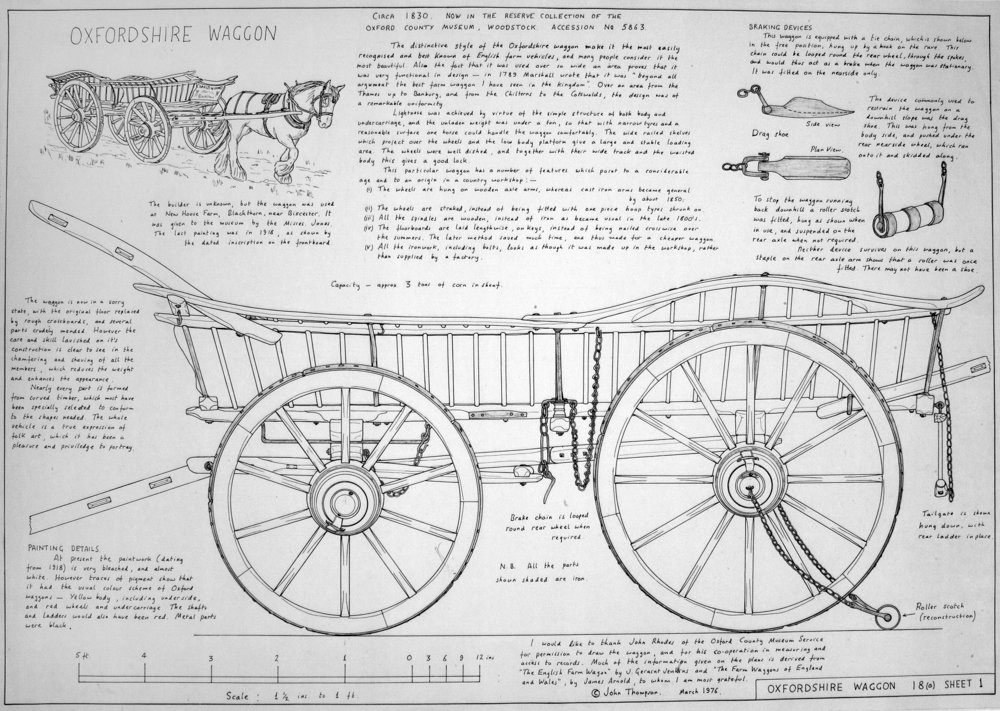
Craftspeople use roughly 80-90 different tools to make one.
This includes sawing the wood, crafting the wheel, forging the ironwork, tyring the wheels and painting the body.
#MusTools
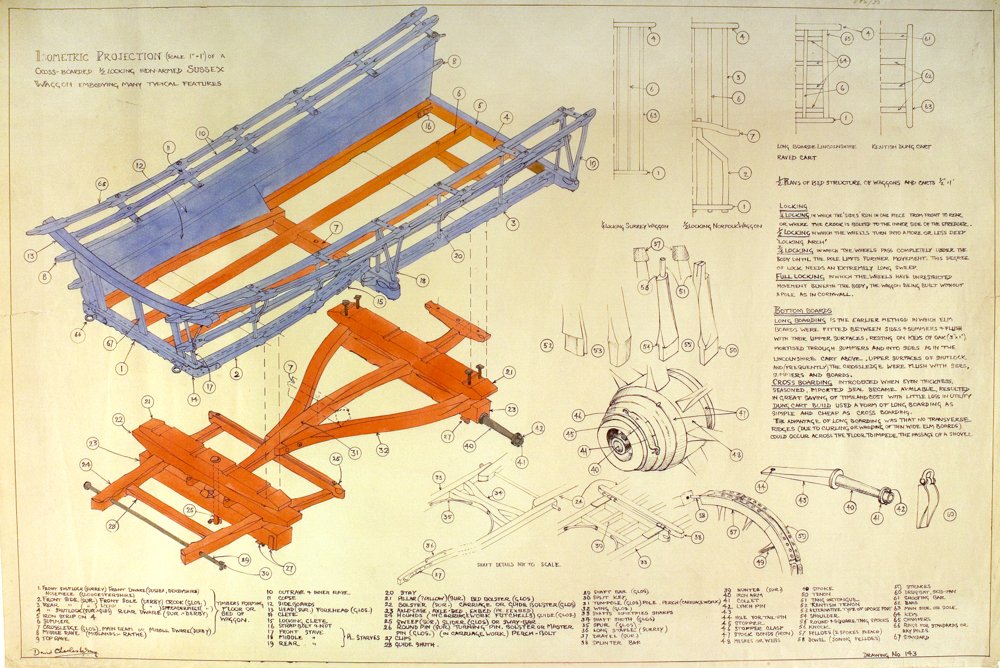
You saw lengths of elm logs, then you leave them on a shelf for a few years.
Seriously. Just let them chill and season. For years.
#SeasonAndChill #MusTools
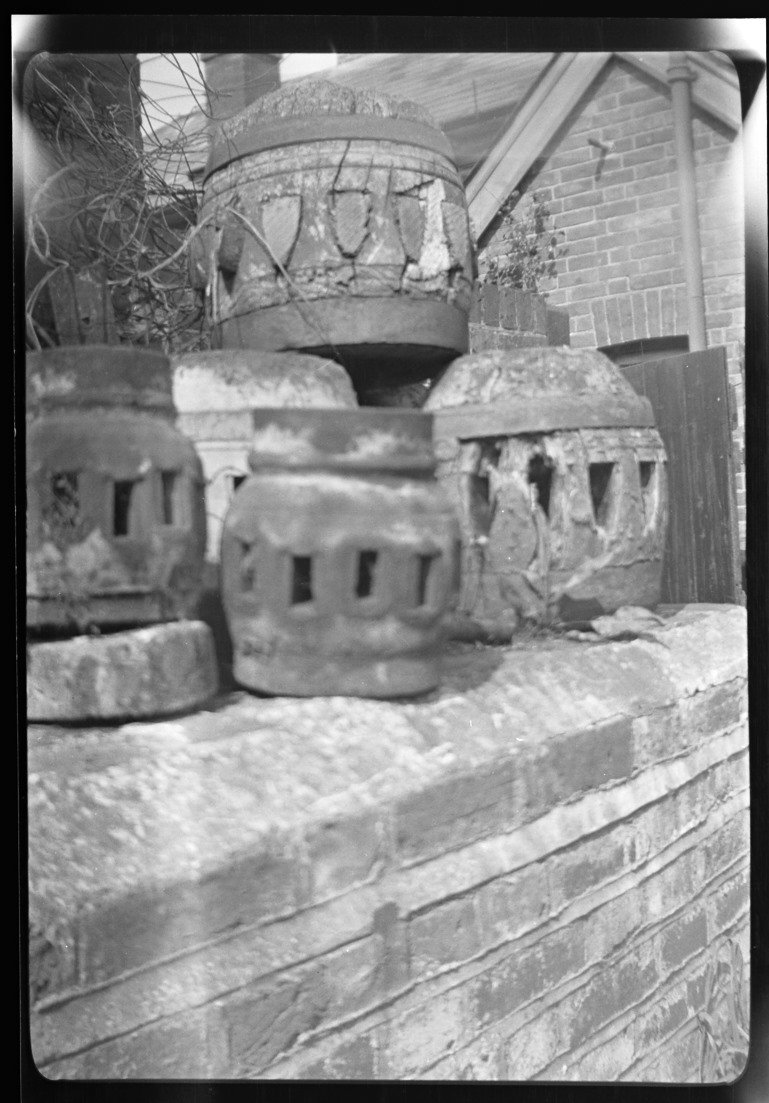
#MusTools

#MusTools
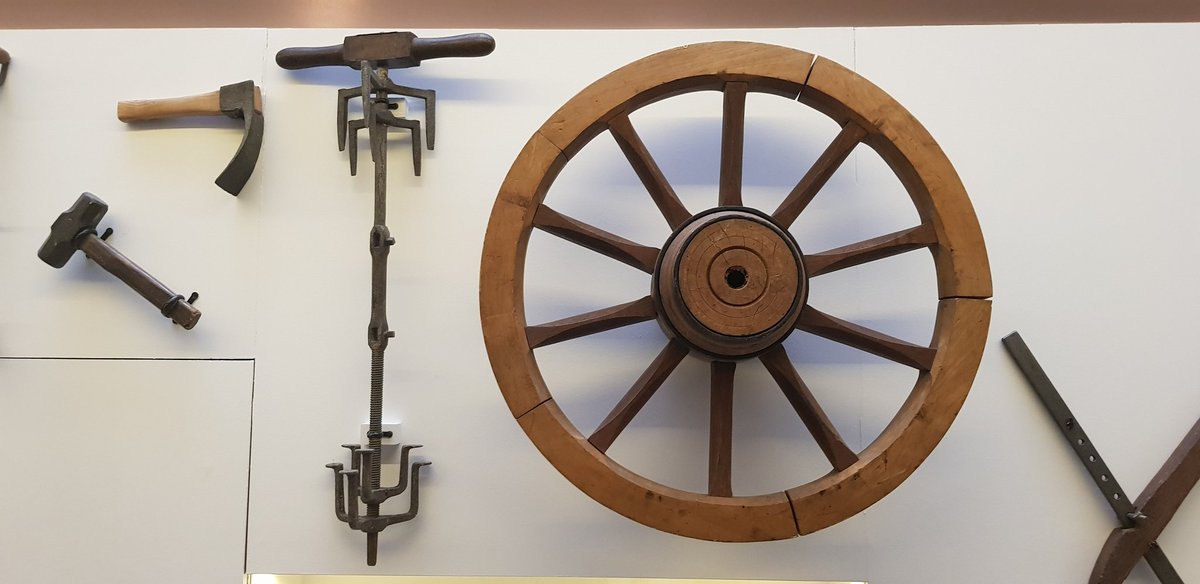
Making spokes is REALLY simple:
•find well-seasoned oak
•cleave it
•shape with an axe (it’s okay to be rough)
•trim it with a drawing knife or spokeshave
•a bit of tenoning to make a tongue at the end to fit the hole in the hub
#Simple #MusTools

These are the bits which form the wheel's circular shape.
#MusTools
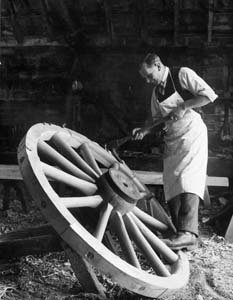
You lay your sweet wheel down and then tap the felloes onto the spokes, and then draw them together using the spoke dog and a big mallet.
#MusTools
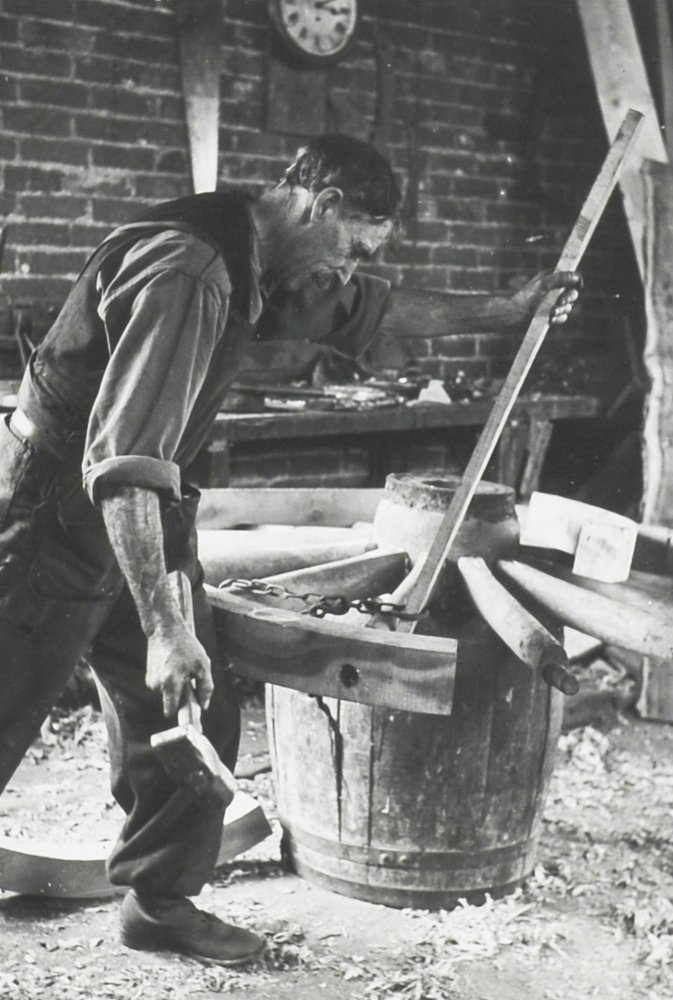
Up until the 20th century a popular method of tyring was to nail bands of metal called strakes to the wood. Afterwards, hooped iron tyres were preferred.
#MusTools
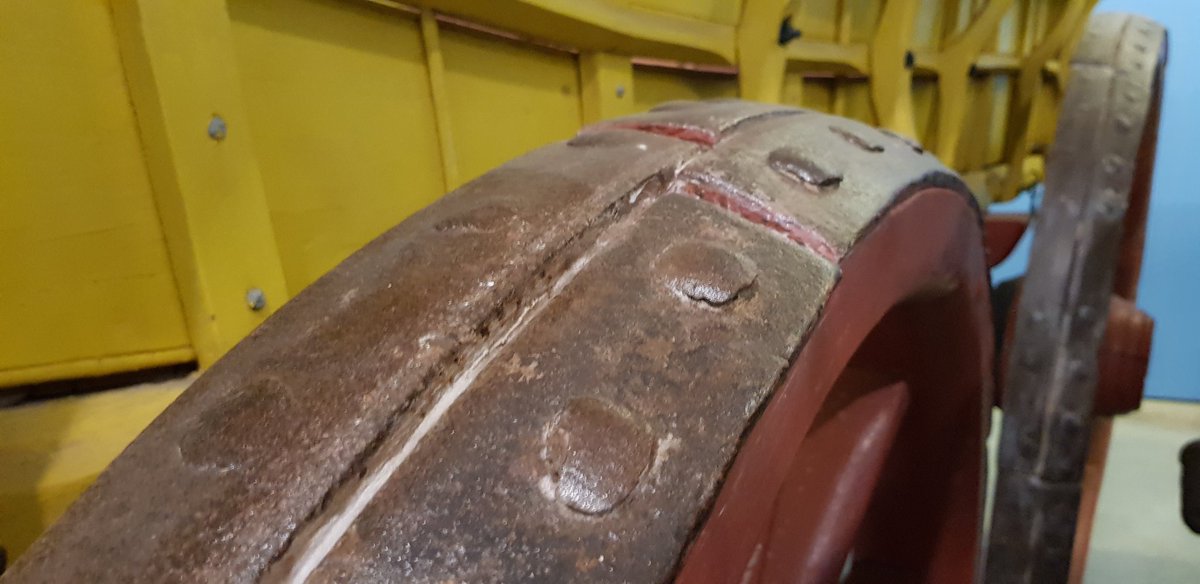
It’s then put onto the wheel while hot using tyre dogs, and quickly submerged in water to make the metal contract onto the wheel.
#MusTools
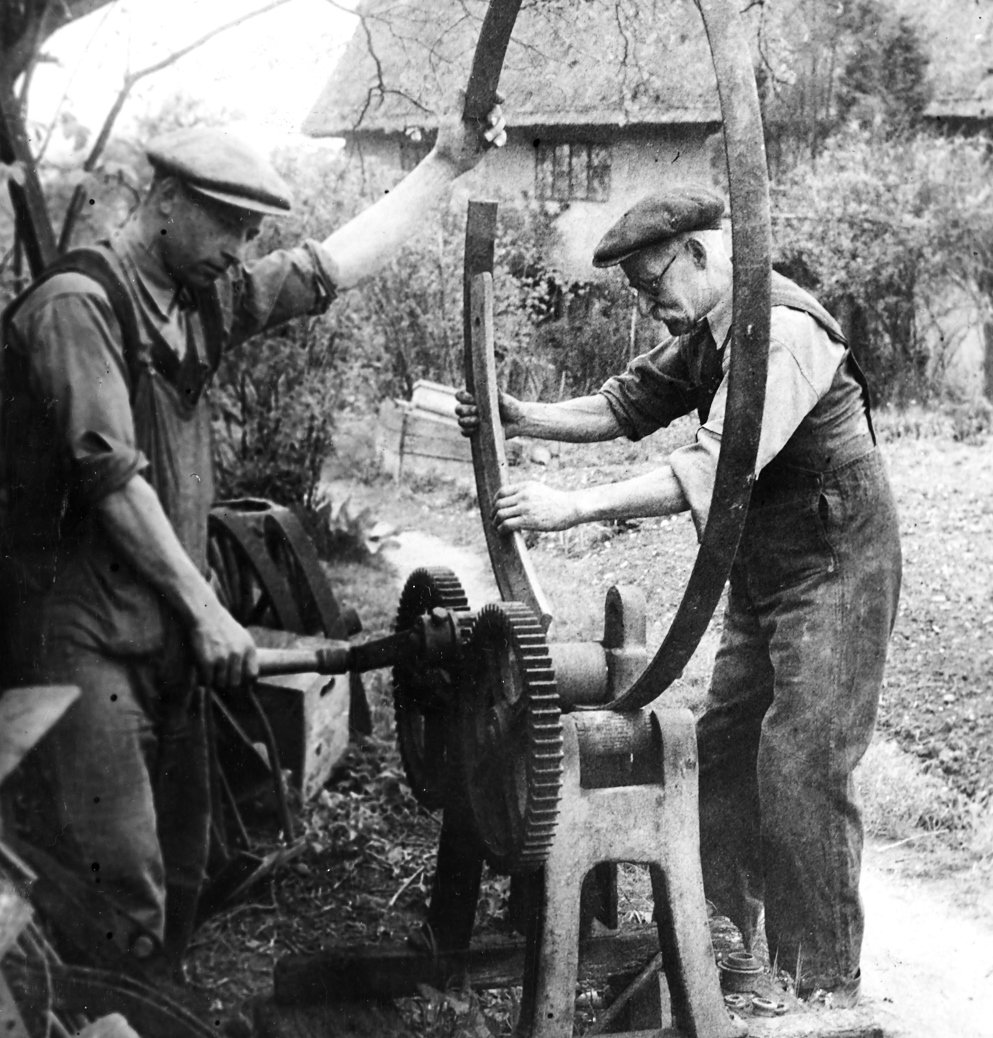
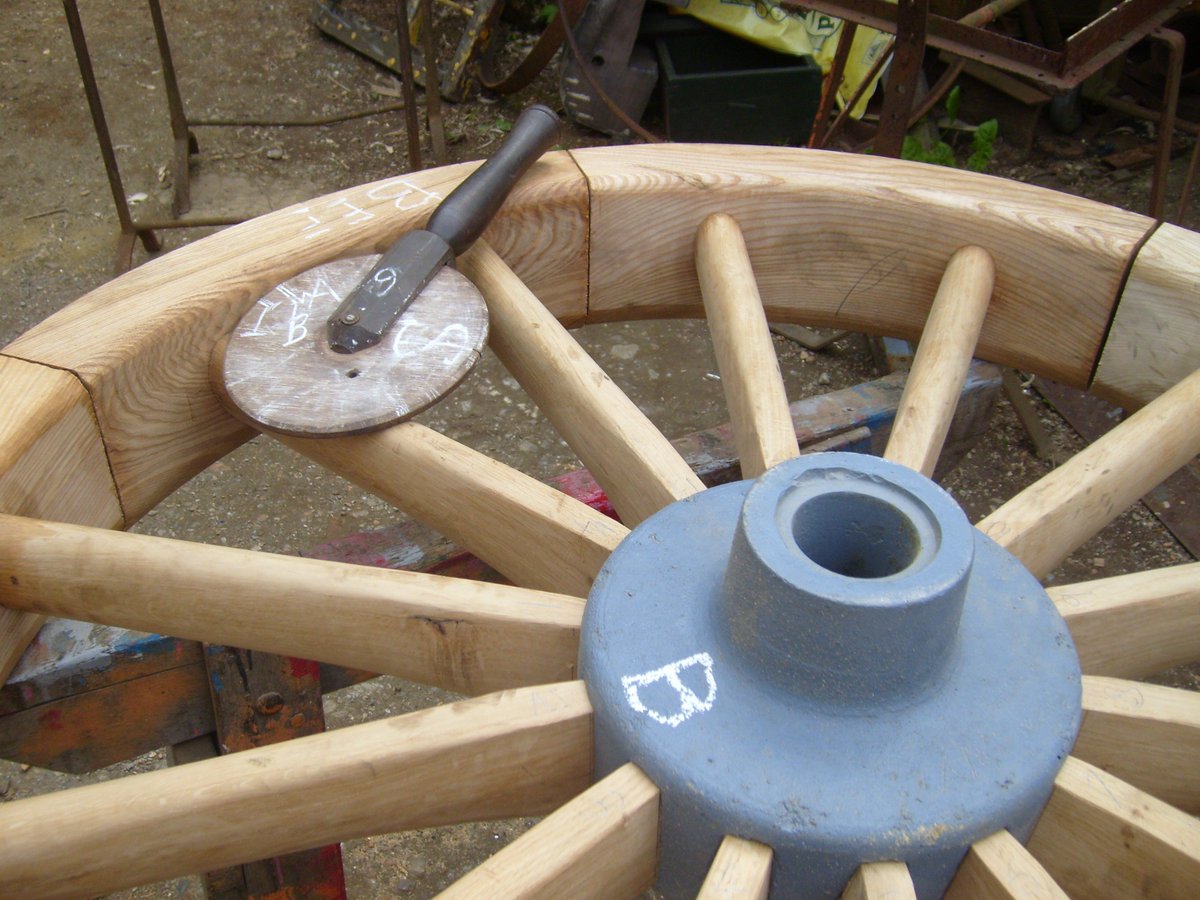
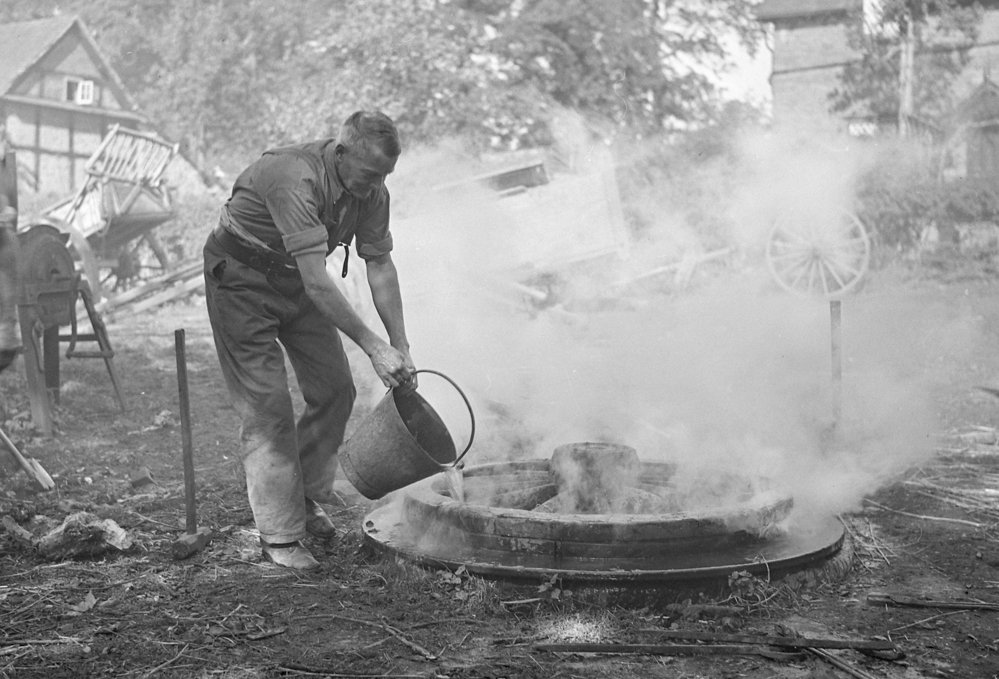
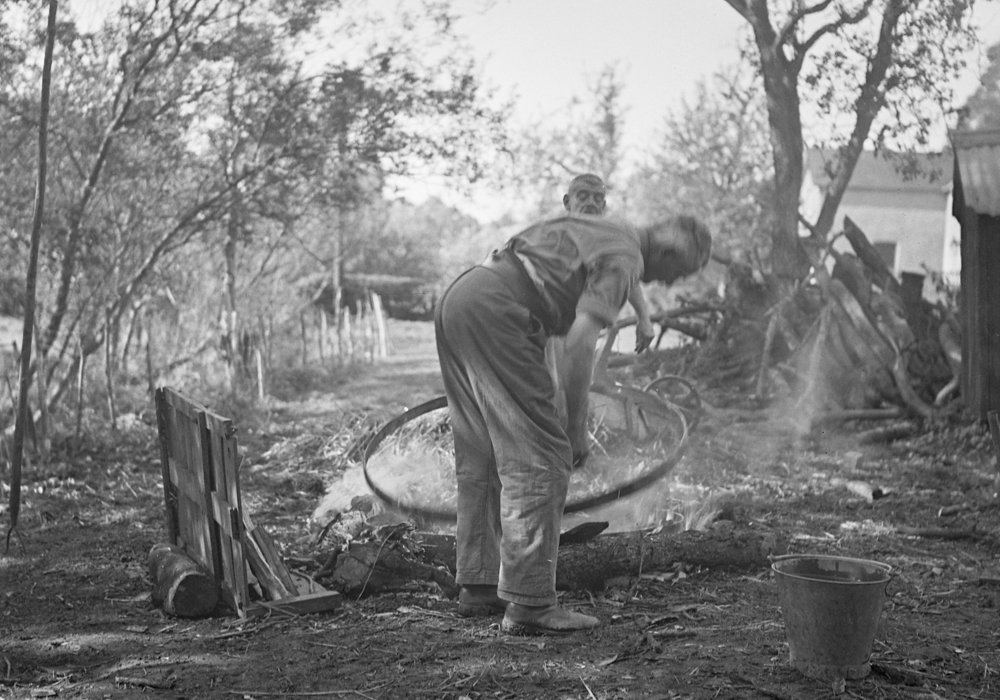
Beech or ash was used for the axle, though iron was common later. It was cut according to a frame, then shaped with a drawknife or spokeshave.
#MusTools
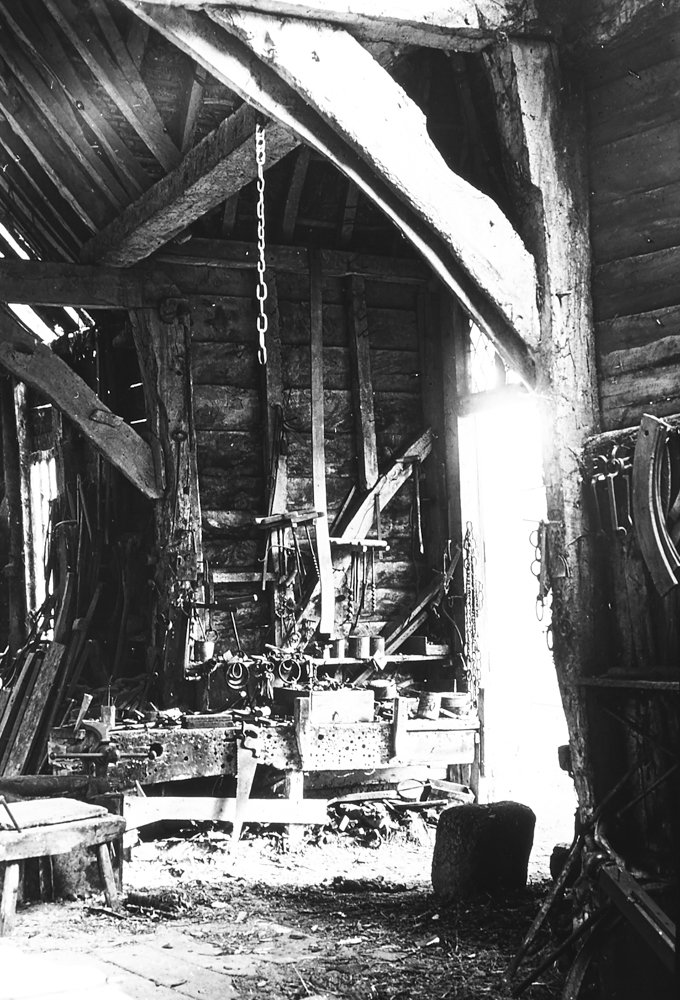
You could have panels, spindles or planks depending on where in the country or which wainwright you had. The iron supports were entirely down to the blacksmith.
#MusTools
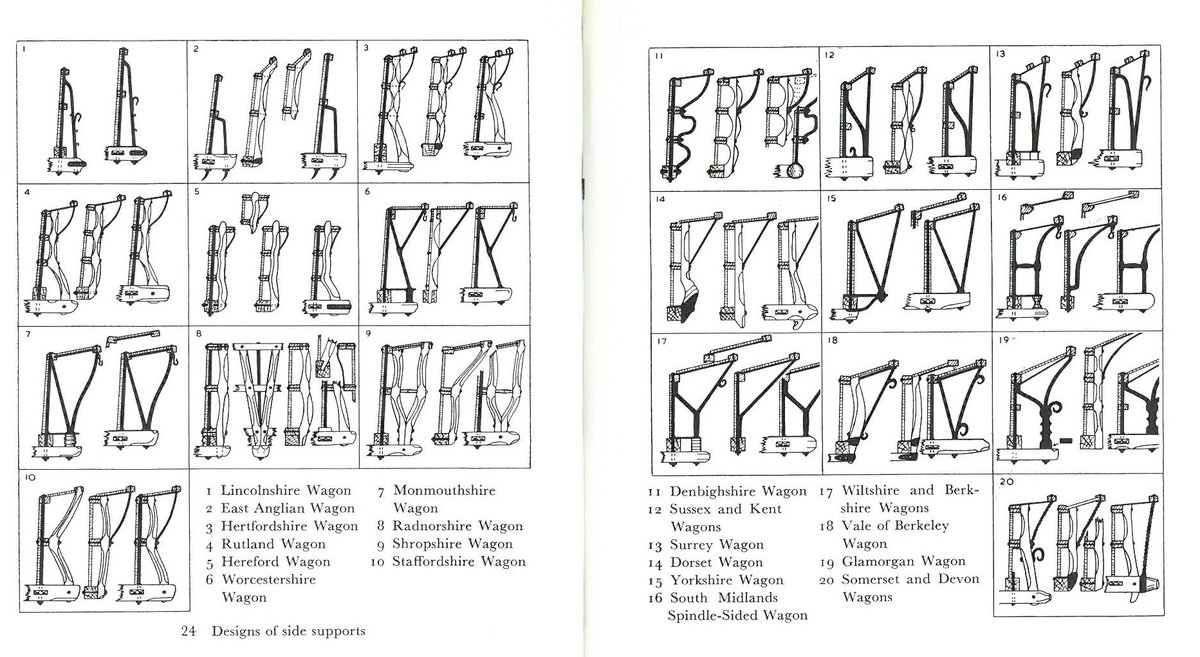
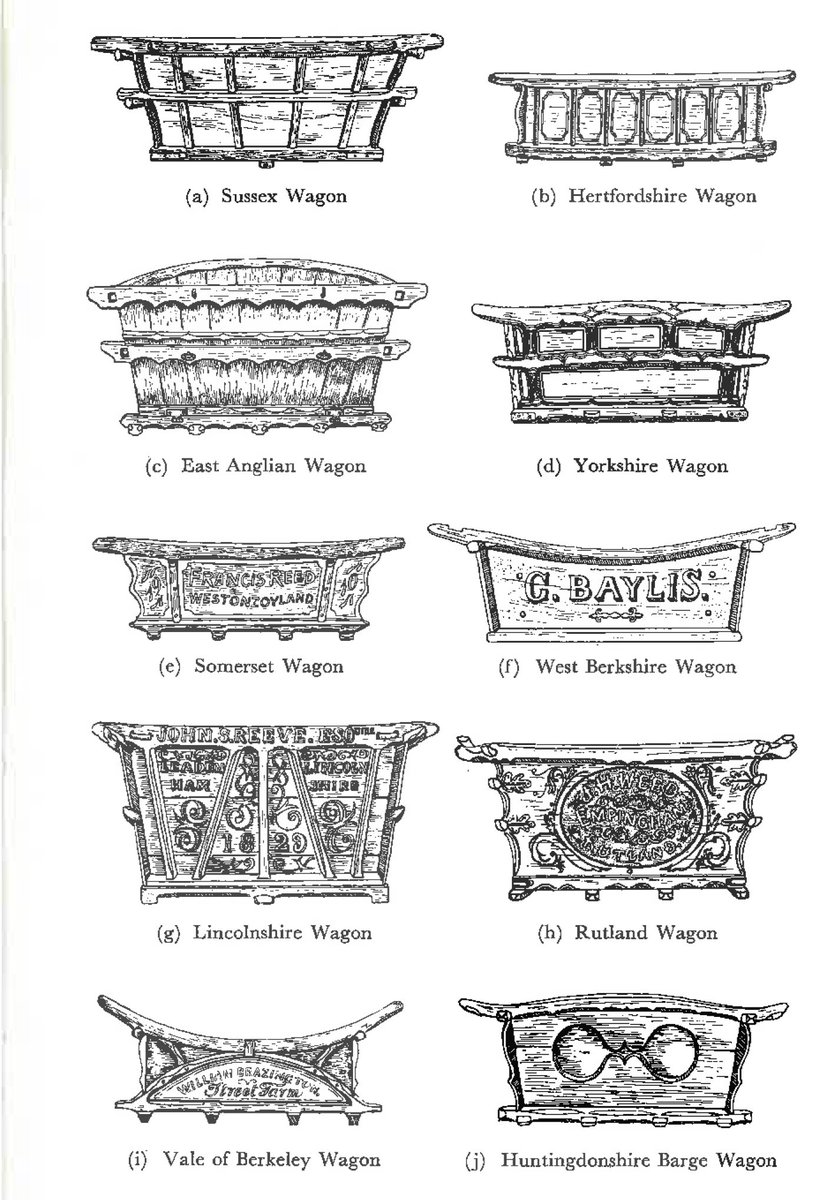
They require precision and skill, but also tradition to bring them alive. We love wagons.
#MusTools
